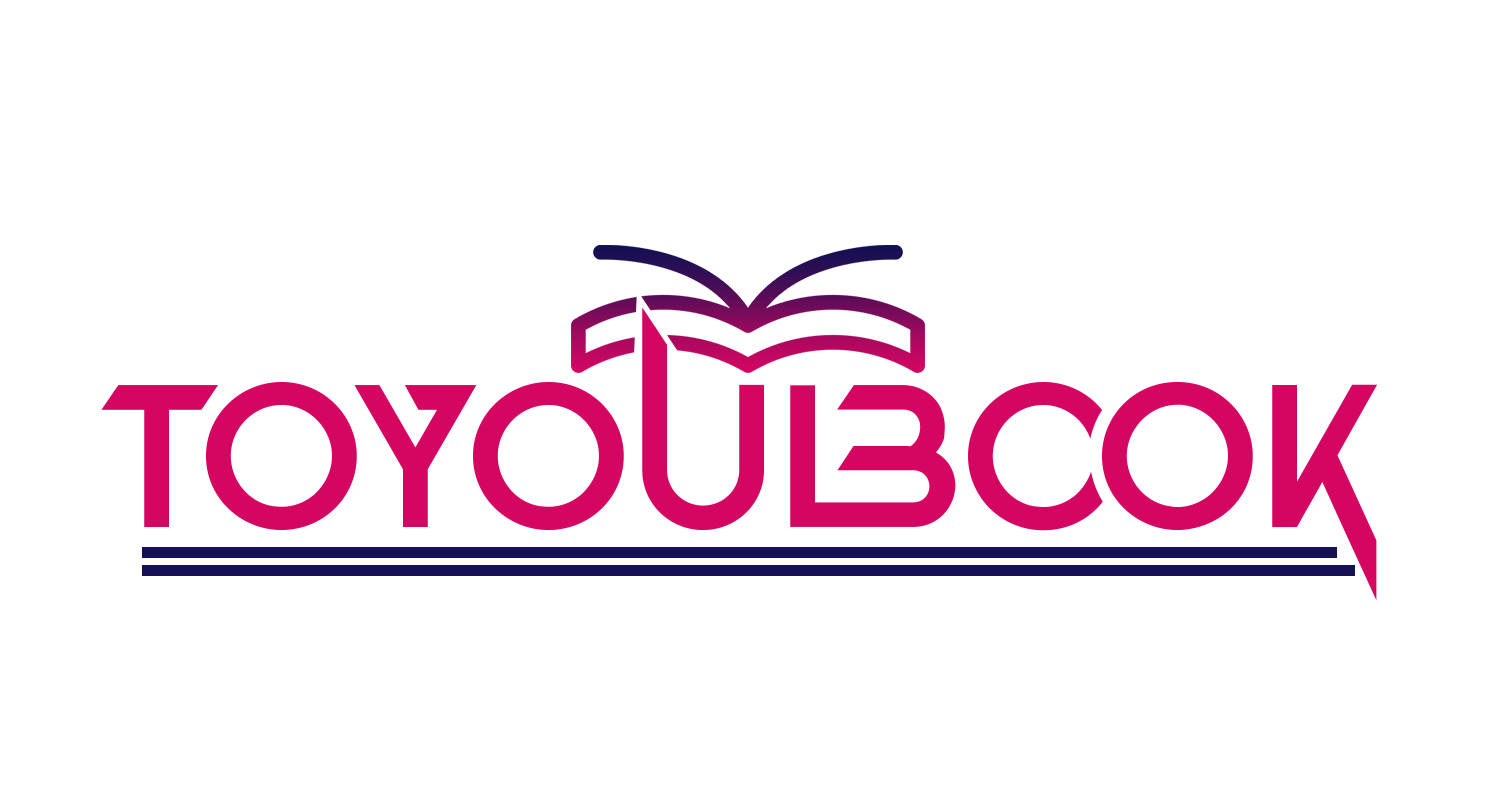When it comes to learning English, pronunciation is often a major focus. However, it’s not just about mastering the basics of pronunciation—it’s also about understanding and adapting to different accents. For non-native speakers, enrolling in accent neutralization classes can help achieve clarity and better communication, particularly when dealing with diverse regional accents found across the United States. These accents can affect both the way people communicate and the way messages are perceived. In this article, we’ll explore how regional accents impact communication and provide strategies to understand and adapt to them effectively.
The Diversity of Regional Accents in the United States
The United States is home to a rich variety of regional accents, each shaped by historical, cultural, and geographical factors. From the Southern drawl to the fast-paced New York accent, these accents offer a glimpse into the country’s cultural diversity. While this linguistic variety adds color to American English, it can also create challenges for non-native speakers trying to understand different accents and adjust their own speech accordingly.
Some of the most recognizable American regional accents include:
- Southern Accent
Characterized by its slower pace and distinctive vowel sounds, the Southern accent often features a “drawl,” where vowels are elongated (e.g., “pie” sounds more like “paaah”). Non-rhoticity, or the omission of the “r” sound in words like “car” (pronounced as “cah”), is also common in certain Southern dialects. - New York Accent
Known for its strong “r” sounds and distinctive pronunciation of words like “coffee” (“caw-fee”), the New York accent is fast-paced and often uses exaggerated vowel shifts. It can be a challenge for English learners due to its rapid rhythm and specific slang expressions. - Midwestern Accent
Often considered the most “neutral” American accent, the Midwestern accent is commonly used in national media. It features clear, rhotic pronunciation and minimal vowel shifting, making it one of the easier regional accents to understand. - Boston Accent
The Boston accent is famous for dropping the “r” sound, making words like “park” sound like “pahk.” It’s a non-rhotic accent with strong influences from early English settlers, particularly in New England. - California Accent
The California accent is often associated with a laid-back tone and unique slang. It includes features like the “cot-caught” merger, where the words “cot” and “caught” are pronounced the same.
How Regional Accents Affect Communication
Regional accents can affect communication in several ways:
- Pronunciation Barriers
Different vowel shifts, consonant omissions, and unique intonations can create misunderstandings, especially for non-native speakers. For example, someone used to the Midwestern accent might find the New York accent’s rapid pace and unique pronunciation challenging to follow. - Perception of Clarity
Accents can influence how clear or understandable someone’s speech appears to others. A strong Southern drawl or Boston accent might be perceived as less clear to someone unfamiliar with it, potentially affecting communication effectiveness. - Cultural Interpretations
Accents often carry cultural connotations, impacting how speakers are perceived in terms of credibility, friendliness, or formality. For example, the Midwestern accent is often considered more “trustworthy,” while the New York accent is sometimes perceived as “assertive.” - Adaptation Challenges
For non-native speakers, adapting to regional accents can be difficult, particularly when interacting with speakers from different parts of the U.S. Accents can vary widely, even within the same state, adding to the complexity of communication.
Strategies for Understanding and Adapting to Regional Accents
Here are some practical strategies for improving comprehension and communication with various regional accents:
- Listen Actively
Active listening is key when interacting with speakers of different regional accents. Focus on the context, not just individual words, and pay attention to intonation patterns, which can provide clues to the speaker’s meaning. - Practice with Media
Watching TV shows, movies, or listening to podcasts that feature regional accents can help learners become familiar with different speech patterns. For example, watching a series set in the South can provide exposure to the Southern drawl, while listening to a New York-based podcast can help with understanding that accent. - Use Repetition
Repeating phrases spoken in different accents can help improve pronunciation and rhythm. This technique is commonly used in accent neutralization classes, where learners practice imitating regional speech patterns to enhance their adaptability. - Ask for Clarification
Don’t hesitate to ask for clarification if something isn’t clear. Phrases like “Could you repeat that?” or “What did you mean by…?” can help ensure better understanding and prevent communication breakdowns. - Engage in Real-Life Conversations
Engaging with native speakers from different regions can be one of the most effective ways to adapt to various accents. Whether it’s through language exchange programs, travel, or community events, real-life interactions provide valuable practice. - Join Accent Neutralization Classes
Enrolling in accent neutralization classes can be particularly beneficial for non-native speakers aiming to achieve a clearer and more versatile American accent. These classes offer structured guidance, focusing on reducing strong native accents and improving overall pronunciation.
ChatterFox is an American accent training program that uses AI speech recognition technology and coaching from certified accent coaches. It offers personalized feedback, helping learners improve pronunciation and adapt to different American accents effectively.
Conclusion: Learning to Speak Like an American
Understanding and adapting to regional accents is a critical part of effective communication in the U.S. By using strategies like active listening, media practice, and engaging in real-life conversations, learners can become more versatile speakers and speak like an American with greater confidence. Incorporating accent neutralization techniques and receiving structured feedback can accelerate this process, allowing learners to communicate more clearly across various regional contexts. In the end, the ability to navigate diverse accents is not just about clarity—it’s also about embracing the rich diversity of American English.

